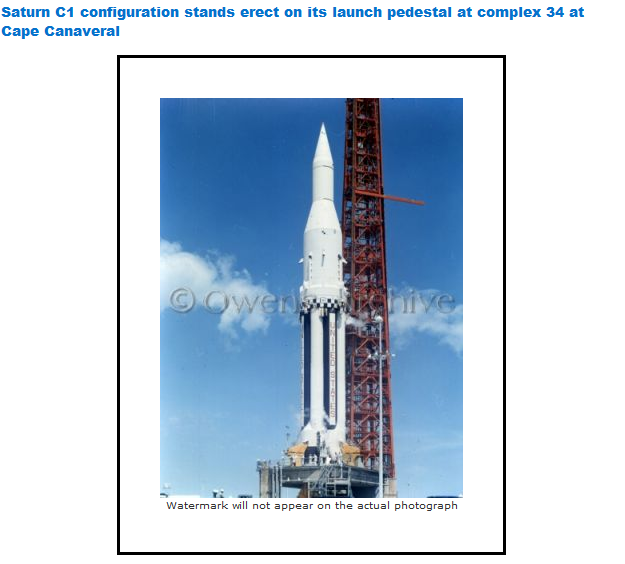Tuesday, March 31, 2015~~~~~NEW YORK TIMES IMAGE!!!!!!!!
Successful liftoff launches NASA’s planned longest-ever manned mission
The Soyuz TMA-16M spacecraft is seen as it launches to the International
Space Station with Expedition 43’s NASA Astronaut Scott Kelly and
Russian cosmonauts Mikhail Kornienko and Gennady Padalka of the Russian
Federal Space Agency (Roscosmos) onboard Friday, March 27 (Saturday,
March 28 Kazakh time) from the Baikonur Cosmodrome in Kazakhstan.
Credit: NASA/Bill Ingalls
The first ever ‘One-Year Mission’ to the International Space Station (ISS) started with a bang today, March 27, with the spectacular night time launch of the Russian/American crew from the Baikonur Cosmodrome in Kazakhstan at 3:42 p.m. EDT Friday (1:42 a.m., March 28 in Baikonur and culminated with a flawless docking this evening.
NASA astronaut Scott Kelly and Russian cosmonauts Mikhail Kornienko and Gennady Padalka launched aboard a Soyuz TMA-16M spacecraft to the International Space Station precisely on time today on the Expedition 43 mission.The crew rocketed to orbit from the same pad as Russia’s Yuri Gagarin, the first human in space.
Kelly and Kornienko will spend about a year living and working aboard the space station on the marathon mission. Padalka will remain on board for six months.
The goal is to use the massive orbiting outpost to provide critical knowledge to NASA and researchers hoping to better understand how the human body reacts and adapts to long-duration spaceflight and the harsh environment of space.
The pathfinding mission is about double the normal time of most expeditions to the Earth orbiting space station, which normally last four to six months.
The one-year mission is among the first concrete steps to start fulfilling NASA’s “Journey to Mars” objective of sending “Humans to Mars” in the 2030s.
“Scott Kelly’s mission is critical to advancing the administration’s plan to send humans on a journey to Mars,” said NASA Administrator Charles Bolden, in a statement.
“We’ll gain new, detailed insights on the ways long-duration spaceflight affects the human body.”
---{-=@
HICKOK

































